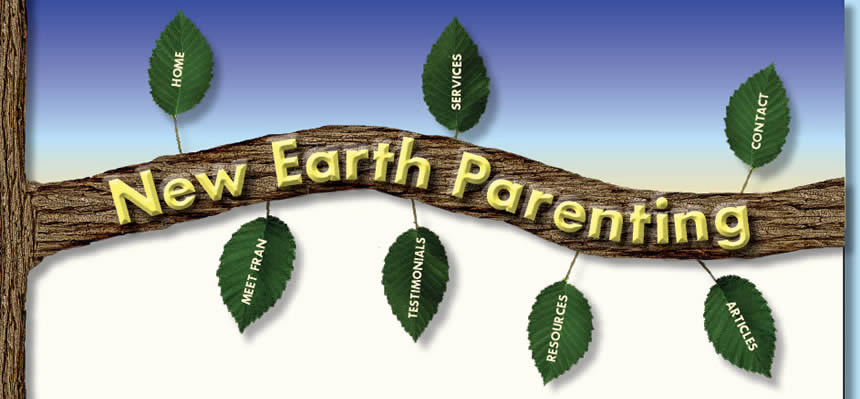 |
| ARTICLES: ON BEING CHILDREN AND DANCING THROUGH LIFE | ||
APRIL 2015 - On Being Children and Dancing Through Life
Childhood is a magical time. Everything is new and full of surprises. Discovering the body and its ability to move is one of those surprises, and a revelation that continues to unfold as children grow into their physical and emotional experiences. As infants, children are aware of their physicality through mostly tactile sensations (being touched by another, fed, cleaned) and internal rumblings (hunger, discomfort, fatigue). Movement, as an infant, is restricted and unknown. Yet as our body is gathering information about the surrounding environs and the pleasure or discomfort it provides through our relationship with our caretakers, this new information is recorded at a neurological level, shaping our internal experience. In infancy, locomotion is one of the greatest discoveries a child makes: rocking, crawling, walking and running –movement–ushers in a sense of freedom and possibility, the discovery of the immediate world at hand. And it is a physical and embodied discovery. In childhood it is all about the body and what it experiences and does. Some say that children are naturals at dancing, and this is because children enjoy movement. Their limbs and bodies are unknown to them and still developing, and children test their bodies as they explore what they can do. Take, for example, the way a toddler is unable to stop himself when he runs, the coordination of his limbs not quite precise enough to help him. There is much wonderment in the way children approach their bodies and move; we could say that there is a freedom to explore what it is they can do, an empowering fearlessness based on lack of experience. In early childhood, our inner experience and our body are one. Really. Inner experience is felt through the body and only later begins to be thought of, once language has entered the picture and once some developmental milestones have been achieved, many of them physical. So in childhood, movement is the primary form of expression. The language of the body reigns. Video: https://youtu.be/2Riap5pepjs A child’s ability to move freely is often restricted or aided by the experiences he or she lives through, as it is the body that provides our first line of defense: It cringes and locks up when we are afraid, relaxes when we feel safe, soars and jumps when we feel playful, etc. Most of the physical activities provided in school curriculums are aimed at helping children develop physical coordination, while providing a sense of wellbeing and an awareness of their physicality. This is true of dance as well. Through its discipline, dance promotes greater range of motion and coordination, and builds strength and endurance. It also helps a child develop kinesthetic memory through its movement patterns. But there is much more to dance. For one thing, it is a physical discipline that links emotional experience to the body, so that it can be expressed through the body. No other physical discipline does that. The opportunity to express emotions physically is one of the big surprises in dance, and one that distinguishes the great dancers from the good ones. The body is the interpretive instrument of dance, and children who begin a course of study in dance begin a process of emotional discovery that develops as they express themselves physically. All of the great dancers of our time could be said to be fluent translators of emotional experience into physical expression. Many years ago, a movie called Children of Theater Street (1977) captured what being a child dancer was like in Russia. The movie is filmed at the Kirov Ballet School, a most prestigious institution that trained many world renowned dancers. In the movie, we are privy to the audition process of the school, where children are first measured and chosen for the specific physical proportions deemed necessary for ballet. Later, children are also assessed for their movement ability and their musicality. The process is a rigorous one and is prescient of the discipline to come. The focus of the film is on the children who are accepted into the school and on the way that their dance studies begin to shape and change their lives. And change their lives it does. Dance requires hard work and dedication along with daily training in movement, music, acting and staging. It requires a shaping of the physical and the emotional, a daily tuning in so that the instrument –the body–can perform with clarity and agility. The children in this film are serious and focused, yet they remain children who also laugh and joke while they jete’ into the air. Childhood is indeed a time full of potential and magic. Dancing extends that magic into adulthood because it articulates the emotions and feelings that are extensions of the self.
To view the original article, please follow this link: http://psychologytomorrowmagazine.com/ceccoli-children-and-dancing-through-life/ |
||


